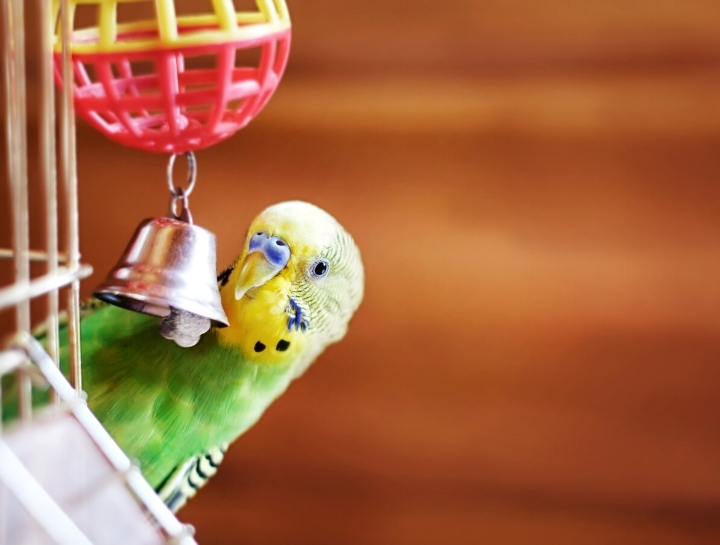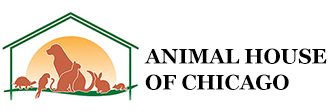Fatty Liver Disease in Birds

Proper nutrition is of utmost importance for both man and animal, however there is a special significance for pet birds due to their rapid metabolic rate. Because of their increased nutritional needs, birds manifest signs of malnutrition quickly and many times with devastating results.
Malnutrition is the most frequently diagnosed disease condition in birds and many other diseases that are diagnosed actually may have developed due to a poor level of nutrition, providing lowered resistance to disease-causing organisms.
It is not that bird owners knowingly undernourished their pets, rather they were unfamiliar with the means of providing a balanced diet. Quite often we see birds that are "seed junkies" eating only one particular type of seed to the exclusion of all else. This leads to the development of medical problems and potentially premature death. The only way to insure a good long life for your pet bird is to provide a balanced diet, such as pelleted food, and if a seedeater, proper supplementation.
Obesity with the resultant fatty liver disease is one of the most common nutritional diseases that we see in birds, particularly in parakeets and cockatiels. This is due to the high fat seed diet that they normally consume.
Traditionally, birds have been provided with seeds and water as their main diet. This is woefully inadequate. Perhaps it was convenient to feed dried seed, however, in the wild birds eat a more varied diet, eating dried seeds only in a time of hardship. Seed is high in fat (leading to obesity and binding to calcium — leading to lowered blood calcium) and seed is low in vitamin A (proper levels of vitamin A help to provide resistance to disease).
If the fat content of the diet is too high, the fat accumulates in the bloodstream and is deposited throughout the body, especially in the liver, as well as resulting in the development of fat deposits/obesity. The fat slowly infiltrates into the liver over time so that there is less and less functional liver tissue left until normal body metabolism is disrupted and the bird is subject to secondary disease(s). The bird may even be unable to withstand simple stress and sudden death can occur.
As this fat accumulates, it forms fat deposits on the chest and abdomen so that the bird has a pronounced/distended chest or belly. Due to the excessive weight the bird may be unable to fly or tires easily. Fat accumulation may also occur around the heart, interfering with normal function.
What are the Signs of Fatty Liver Disease in a Bird?
- Obesity — Overweight birds have fat deposits on/in their chest and abdomen.
- Overgrown Beak — The beak grows rapidly and abnormally. This is indeed a danger sign. Many bird owners believe that when they take their bird to the veterinarian they can get their beaks trimmed and be off, but their bird may have a life-threatening underlying disease (FLD), and the owners may be unaware that their bird may stress easily and may even die during a routine procedure.
- Black Spots (Hemorrhage) — The black spots on beak and toenails are areas of hemorrhage like bruising. Due to the compromised liver function, the bird's clotting ability is impaired – and this can be very serious.
- Enlarged Fatty Liver — Unable to be detected with the naked eye, must be examined/palpated by a veterinarian and confirmed via special/specific testing done by a veterinarian.
Most birds with Fatty Liver Disease show all or most of the above clinical signs. Regular physical examinations with blood and chemistry testing are very important to detect this disease before it gets to a crisis state. Many times blood tests will show lipemia (fat in the blood), anemia (low number of RBCs) and icterus (jaundice or yellowing of the skin) indicating liver disease.
Identified early this disease can be treated. Ideally through proper nutrition, it should be prevented. Unfortunately, a bird is reluctant to change from familiar foods, especially if it appears different such as pellets. Conversion to new diet should be handled gradually and with the advice from your veterinarian. With help from the Animal House of Chicago Team on how to properly feed and treat your bird, this disease can be prevented.
